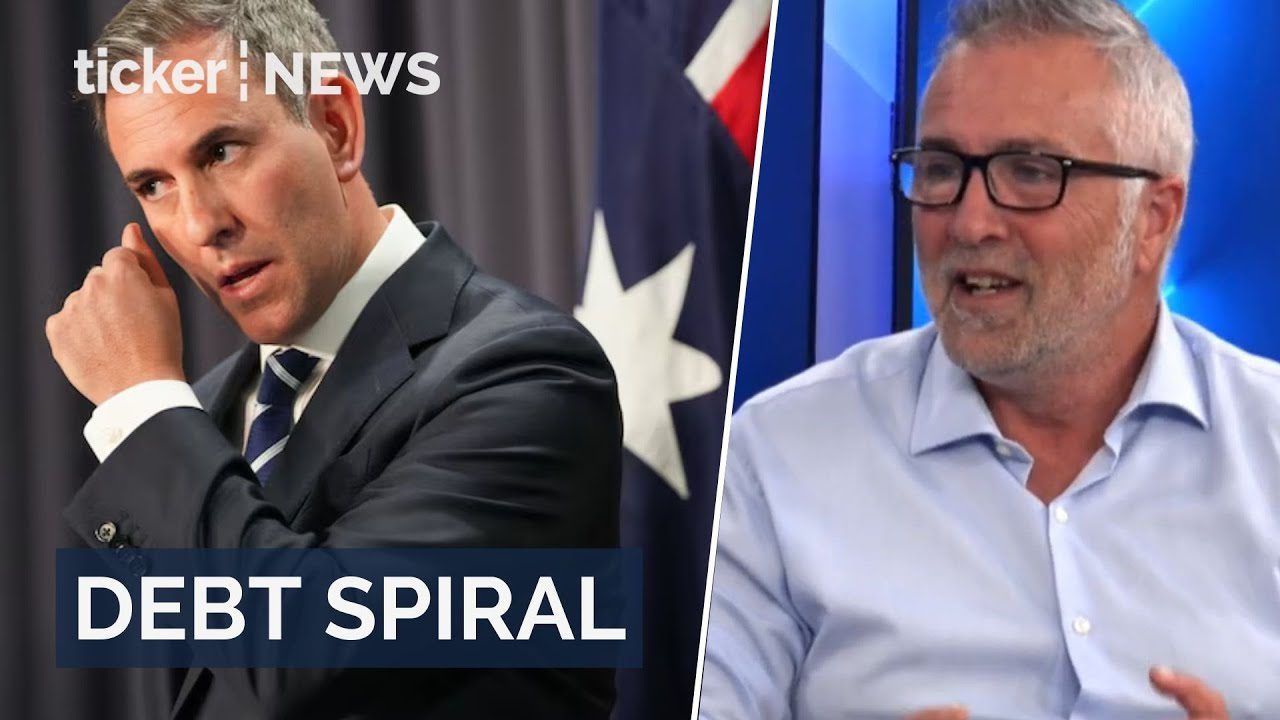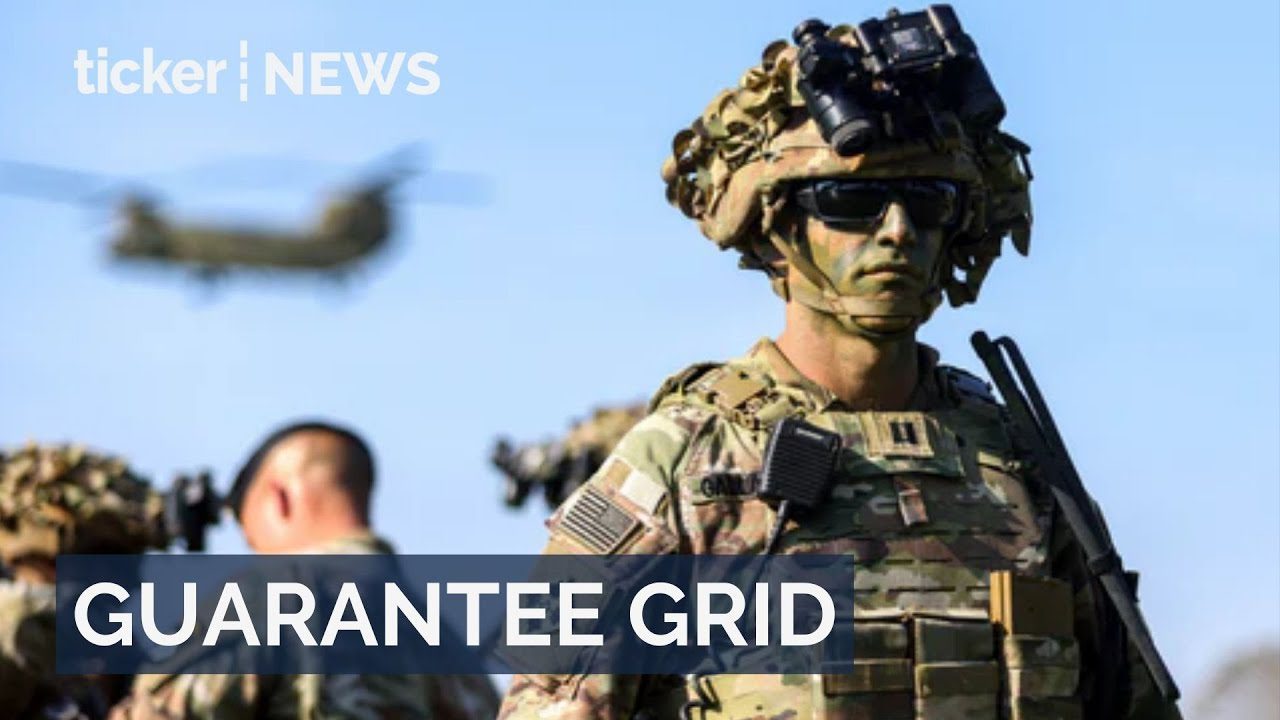The latest tech in marine forcasting

News
Albanese rejects super tax push amid political tensions
Albanese distances from Chalmers’ tax proposal on superannuation, amid rising concerns over voter sentiment and retirement savings.
News
AI surges in 2025: Key insights
AI surged in 2025, evolving into a strategic force with autonomous agents and global investments reshaping industries.
News
U.S. offers security guarantees to Ukraine as Berlin talks show progress
U.S. vows to defend Ukraine, seeks Senate approval; Berlin talks advance peace while weighing sovereignty against conflict resolution.
-



 News1 day ago
News1 day agoBondi Beach terror attack: Hanukkah celebrations turned tragic
-



 Ticker Views1 day ago
Ticker Views1 day agoFrom the Goldberg’s to the Icebergs – Bondi is Australia, Australia is Bondi beach
-



 Shows4 days ago
Shows4 days agoReforms on underquoting address ongoing market frustrations
-



 News1 day ago
News1 day agoFather-son duo confirmed in Bondi anti-Semitic massacre
-



 News1 day ago
News1 day agoNetanyahu blames Albanese after Bondi attack
-



 News4 days ago
News4 days agoDisney invests $1B in OpenAI to generate Marvel, Star Wars, and Pixar videos
-



 Shows1 day ago
Shows1 day agoBusiness ties flourish between China and Australia
-



 News1 day ago
News1 day agoBondi Beach shooting: Chaos at Hanukkah Festival – What we know






